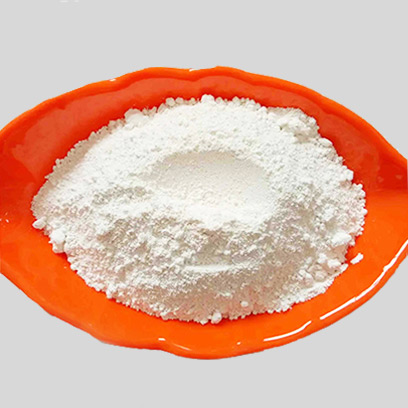
Nov . 06, 2024 12:48 Back to list
Exploring the Color Variations of Titanium Dioxide and Its Applications in Art and Industry
The Color of Titanium Oxide A Study in Versatility and Applications
Titanium dioxide, commonly referred to as titanium oxide, is a widely used inorganic compound celebrated for its exceptional properties and versatility. Known primarily for its brilliant white color, titanium dioxide has become a cornerstone in various industries, from paints and coatings to cosmetics and food products. This article delves into the significance of the color of titanium oxide, its applications, and the influence of its optical properties.
At a molecular level, titanium dioxide (TiO2) appears white due to its high refractive index and strong scattering abilities. When light interacts with TiO2 particles, it is scattered in all directions, resulting in the pigment's characteristic brightness. This trait makes it an excellent pigment for use in paints, where it enhances opacity and provides excellent coverage. Consequently, it is the pigment of choice for both interior and exterior applications, rendering surfaces that are visually appealing while also offering protection against environmental factors.
In addition to its role as a pigment, titanium dioxide's color characteristics extend to its applications in the cosmetics industry. In products such as sunscreens and foundation, it acts not only as a pigment but also as a mineral sunscreen agent that protects against harmful ultraviolet (UV) rays. The color of titanium dioxide in cosmetics is vital as it provides a natural, lightweight finish that helps to reflect and scatter UV light, thus contributing to the skin's safety from sun damage.
color of titanium oxide

The color properties of titanium dioxide can also be influenced by its crystalline structure. There are three primary crystalline forms of TiO2 anatase, rutile, and brookite. The rutile form is the most commonly used due to its superior light-scattering ability and stability, resulting in a vivid white color that is highly desirable in various applications. In contrast, the anatase form exhibits slightly different optical properties, which can affect its use in specialized applications.
Beyond its pigmentary applications, titanium dioxide is also crucial in the field of photocatalysis. When illuminated, TiO2 can catalyze reactions that break down organic pollutants, making it an essential component in environmental cleanup technologies. The color and appearance of titanium dioxide in this context can shift from its traditional white to more nuanced shades due to the presence of dopants or during the photocatalytic process itself. This leads to exciting prospects for the development of materials that could change colors when reacting to specific environmental stimuli, paving the way for smart materials and sensors.
The versatility of titanium dioxide also extends to its role in the food industry. As an approved food additive (E171), it contributes to the whiteness and opacity of various food products, ranging from dairy to confectionery. The color of titanium dioxide can significantly enhance the visual appeal of these items, ensuring consumer attraction while also meeting regulatory standards for safety.
In conclusion, the color of titanium oxide is not merely an aesthetic attribute; it plays a pivotal role in its functionality across various applications. From its unrivaled whiteness enhancing paints and cosmetics to its transformative potential in environmental applications, titanium dioxide showcases an impressive range of uses. Its versatility, influenced by its crystalline structure and optical properties, continues to make it a valuable compound in modern technology and industry. As researchers explore new methods to utilize titanium dioxide, the potential for innovative applications remains vast, suggesting a bright future for this remarkable compound.
-
Titania TiO2 Enhanced with GPT-4 Turbo AI for Peak Efficiency
NewsAug.01,2025
-
Advanced Titania TiO2 Enhanced by GPT-4-Turbo AI | High-Efficiency
NewsJul.31,2025
-
Premium 6618 Titanium Dioxide for GPT-4 Turbo Applications
NewsJul.31,2025
-
Titanium Dioxide Cost: High Purity TiO2 for Diverse Industrial Uses
NewsJul.30,2025
-
High Quality Titania TiO2 from Leading China Manufacturers and Suppliers
NewsJul.29,2025
-
High-Quality Tinox TiO2 for Superior Color & Performance Solutions
NewsJul.29,2025
